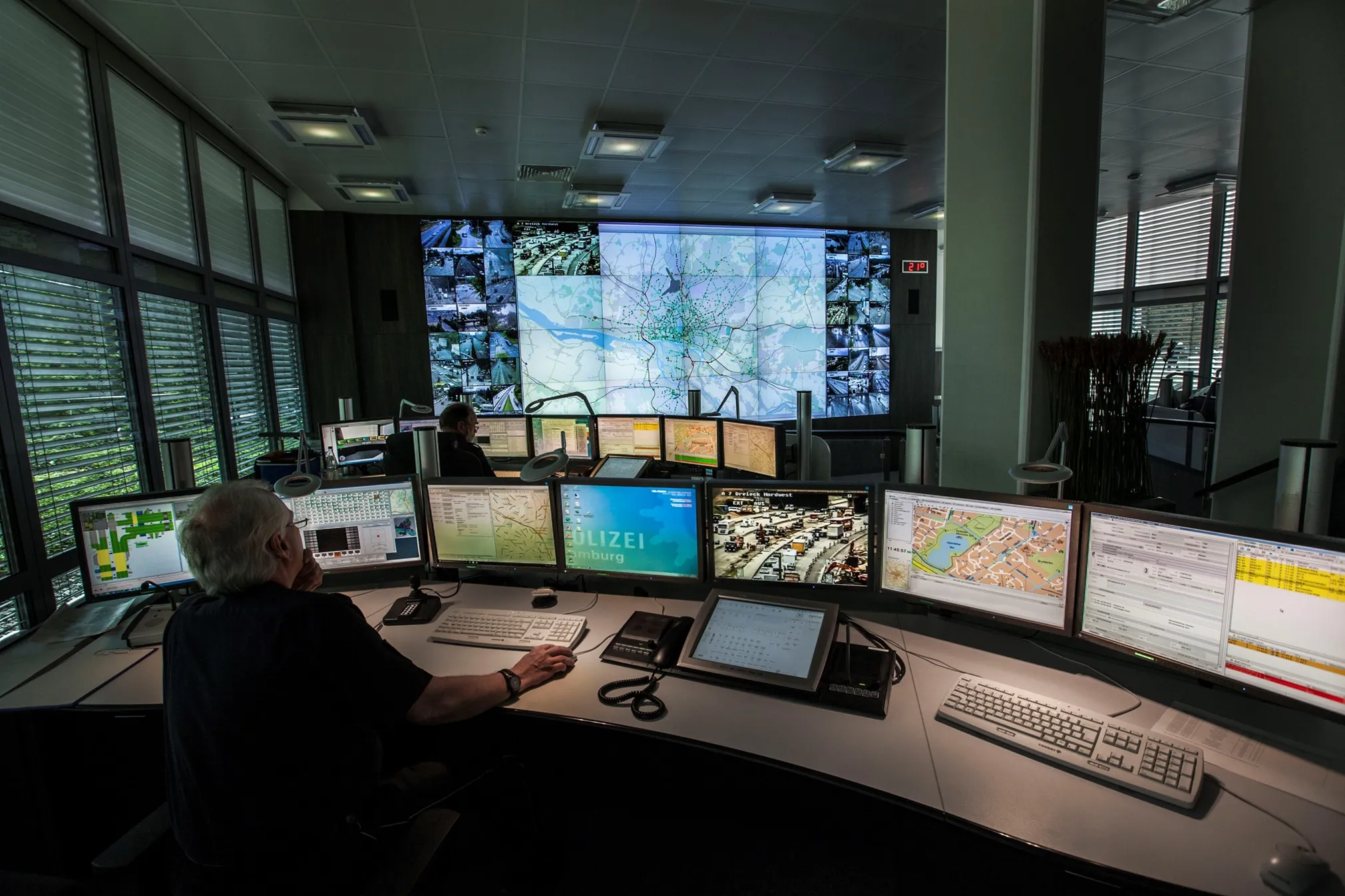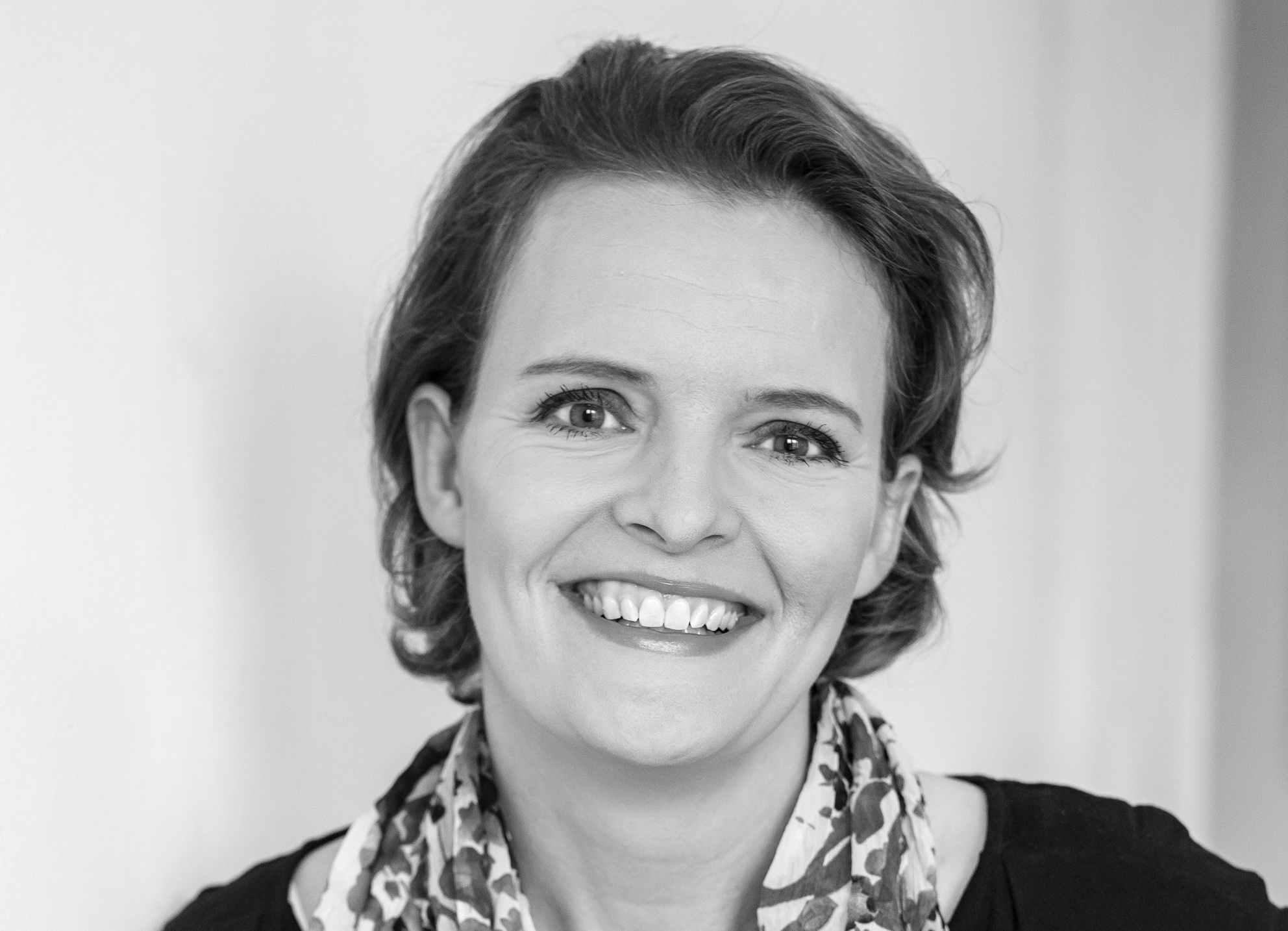
Like many cities all over the world, Hamburg in northern Germany is looking at ways of moving people around more efficiently, while reducing transport’s impact on the environment.
“The digitalisation of mobility is a key issue,” explains LSBG programme manager Dr. Melanie Mergler. Part of the Ministry of Transport and Mobility Transition, LSBG is responsible for a large part of Hamburg's transport infrastructure, including roads and bridges.
“In LSBG's DigiLab, we have been working on forward-looking projects such as Congestion Forecast since 2018 and #Transmove since 2020,” Mergler continues.
The #Transmove project
In the #Transmove project, LSBG collaborates with PTV Group and WPS – Workplace Solutions to develop a software solution for intelligent traffic management. It aims to enhance urban mobility, improve accessibility for both residents and visitors, and minimise the negative impacts of traffic.
“Traditional mobility forecasting already leverages models and data for tasks like traffic signal optimisation and coordinated traffic light control,” Mergler continues. “What sets #transmove apart is its integration of state-of-the-art technologies - further developed and combined in a novel, innovative way.”

“#Transmove can serve as a model for many other cities” Christian U. Haas, PTV
This is where PTV Group’s expertise in traffic modelling comes in. The solution takes real-time data from multiple sources into a unified mobility management platform. “The underlying software uses agent-based modelling, AI techniques, real-time traffic modelling, and scenario simulations,” explains Christian U. Haas, CEO at PTV, part of Umovity. “This results in a highly capable system that supports both short-term traffic management decisions and medium- to long-term mobility planning.”
Real-time information
#Transmove is already being used in Hamburg's police traffic control centre and the public transport operations centre. Both benefit from real-time information on the current and forecast traffic situation as well as actionable recommendations - such as optimised traffic signal plans and impact assessments of their decisions.
Road users receive accurate and timely information on journey times and short-term traffic developments, allowing them to make more informed decisions. The solution also supports transport coordinators and urban planners, from tasks such as coordination of roadworks to the development of urban infrastructure, like cycle paths, for example. Haas believes #Transmove “is a truly innovative and forward-looking project that can serve as a model for many other cities”.
Hamburg’s Digital Mobility Strategy is aiming to achieve a ‘mobility transition’ by 2030 to meet climate targets. Mergler says that modal shift from private motor vehicles to more environmentally-friendly modes such as “public transport, walking and cycling as well as on-demand and sharing offers, is of central importance for achieving these goals”.

“The digitalisation of mobility is a key issue” Melanie Mergler, LSBG
The focus remains on integrating mobility services and providing and utilising valid data. “The path to a holistic transport system lies through the digitalisation and automation of traffic management,” she adds. “The focus is on the bundling of information, modern technologies and geo-referenced data through to a mobility operating system.”
Dynamic multimodal network
This mobility operating system improves traffic flow by networking the traffic control and operations centres via a traffic management system. “Mobility capacities are optimised by means of real-time information, traffic management measures and the prioritisation of public transport,” she suggests. “By bundling information within a mobility operating system, traffic disruptions can be minimised and resolved more quickly, traffic flow can be optimised and thus the quality of life in Hamburg can be significantly improved.”
It will provide “the digital backbone of the city's evolving transportation landscape”, she adds. “By bringing together mobility planners from various domains, it will enhance efficiency, reduces congestion, and promotes sustainable urban travel.”
Haas says this “closely aligns with our vision of a dynamic multimodal network management system—one that merges management, operational planning, and decision-support tools into a unified platform”.











